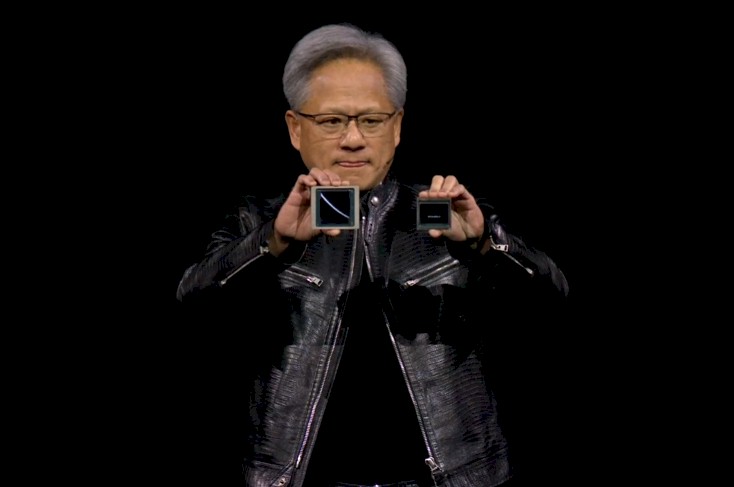Considering there's apparently a 30% transistory density increase I do wonder; where does that put the 96SM rumoured GB203? Because if that is technically smaller than AD103 like maybe 350mm2 I do wonder if that means a 700mm2 GB202 which on N4P/X sounds way more economical than a 600mm2 N3E die.
I’ll believe it when I see it. In a chiplet setup where do you put the “gigathread scheduler”. AFAIK graphics APIs don’t expose multiple graphics contexts and you wouldn’t want applications to attempt load balancing Direct3D commands across chiplets anyway.
My wild ass guess is that the graphics manifestation of chiplets will have a scheduler/IO chiplet surrounded by compute chiplets with the scheduler being a single point of entry for graphics work.



